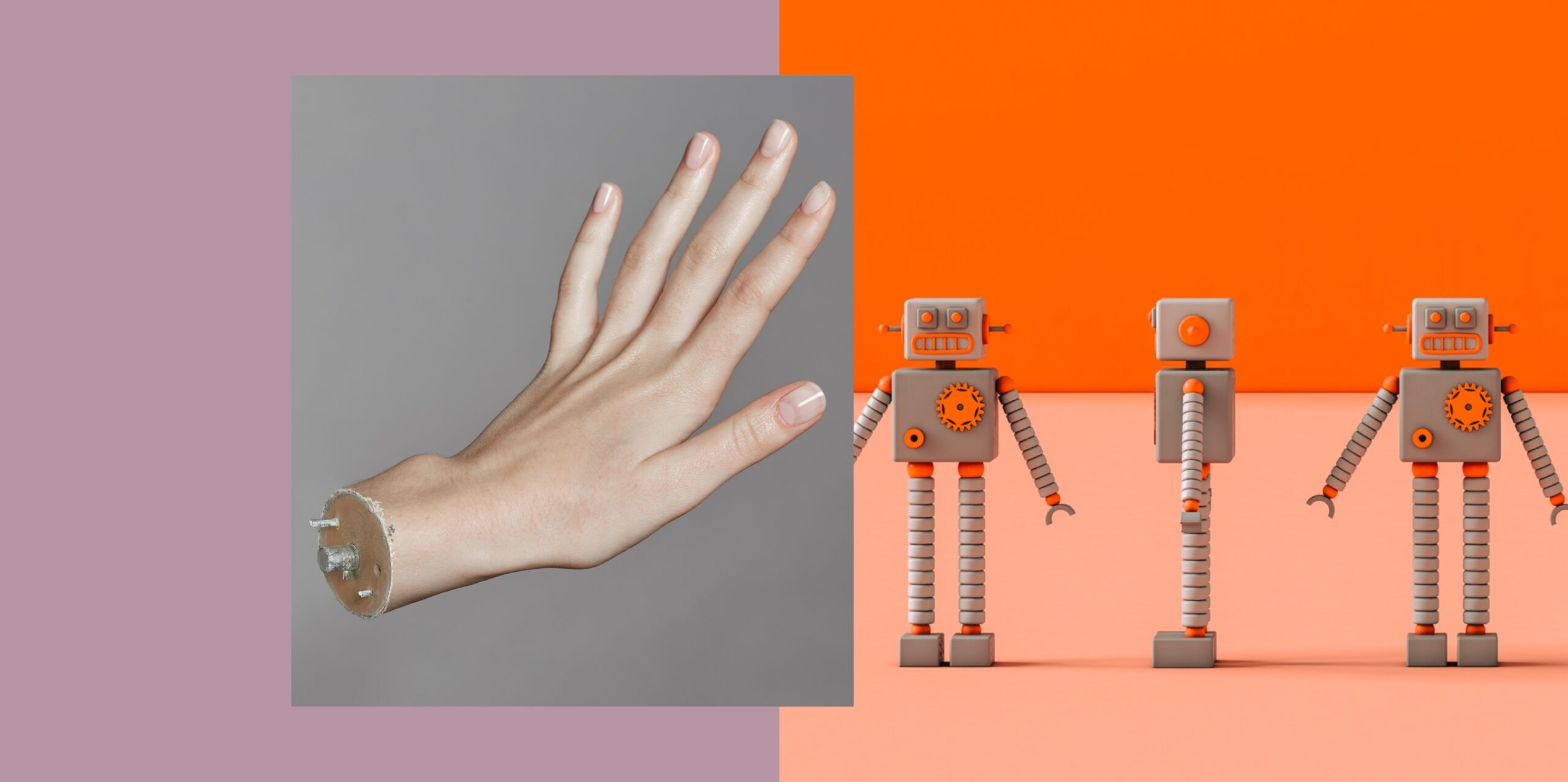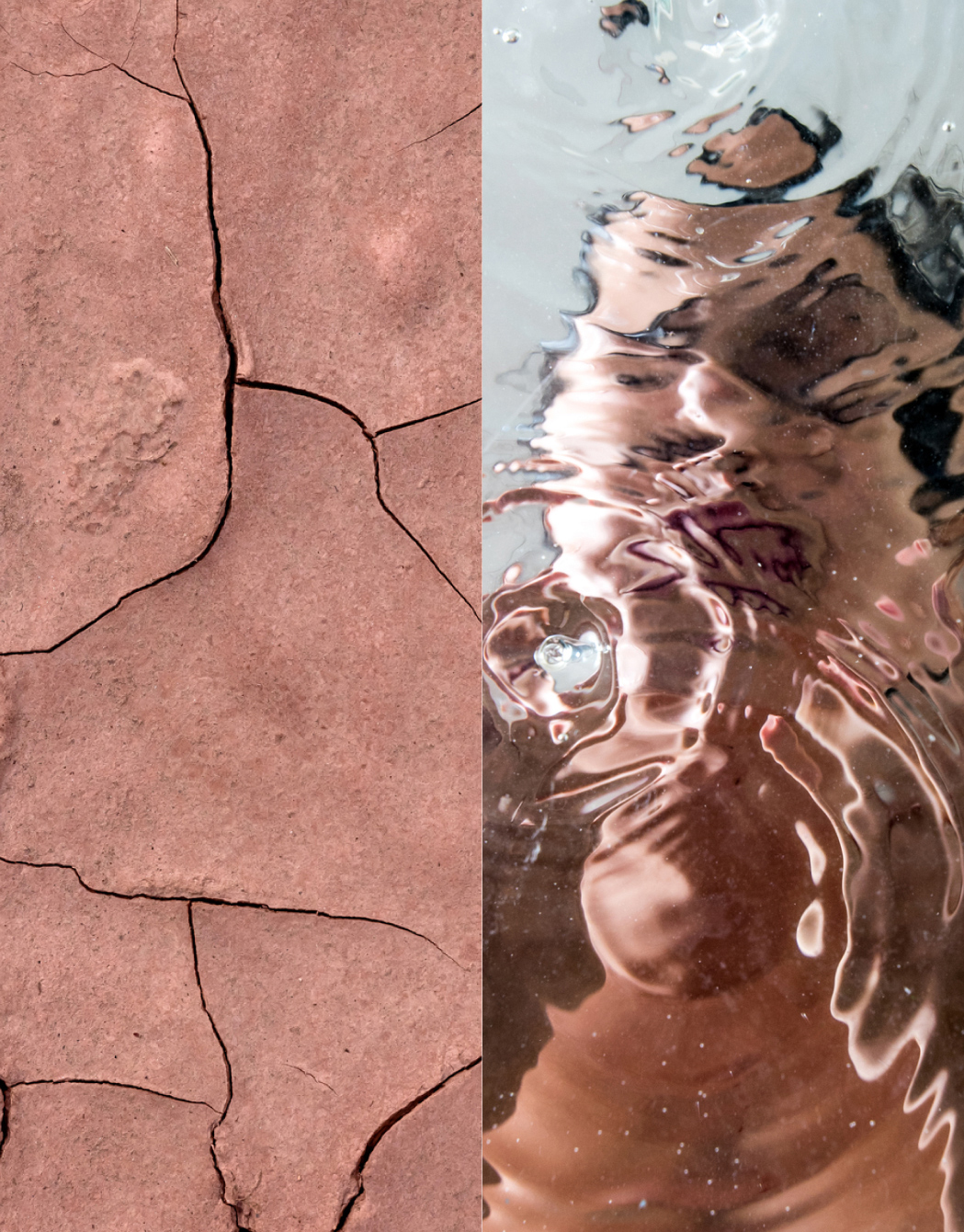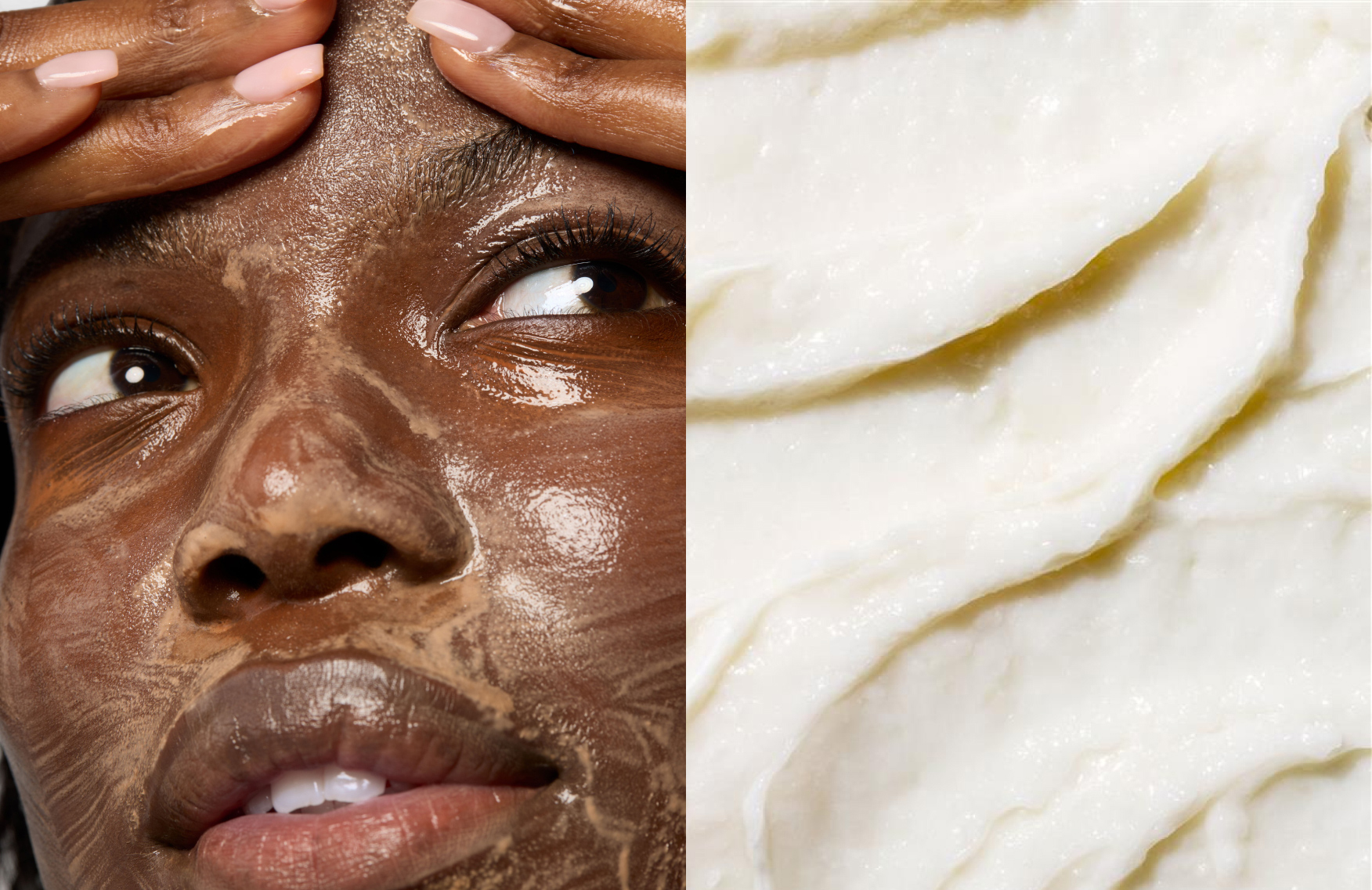Creepy or cool? Why scientists are creating human-like skin for robots—and what it could mean for your beauty routine

Last year we learned that robots may soon be utilized for beauty treatments at a salon near you. This year’s latest robotics concept? Synthetic skin.
Researchers in Japan are developing synthetic skin for some innovative robotics projects. One team out of Osaka University have spent the last decade perfecting their artificial skin, which includes embedded sensors that can detect touch. The goal is to help robots become more life-like companions. Utilizing soft haptic technology—which is already implemented on gaming controllers to vibrate according to motions happening onscreen—the Osaka scientists’ skin developments are also deepening research around artificial “pain nervous systems,” which could potentially signal emotions and sensations to robots.
Could this bring us closer to self-realizing, temperamental androids as seen onscreen on shows such as Westworld and films like AI? We shudder to think so, but for the time being, researchers foresee the artificial skin technology would benefit robots created to watch and care for people like the elderly by giving them richer, more “human” interactions.
More recently, another team from the University of Tokyo has upped the ante by using living cells and skin tissue to cover their new creation, a controllable robotic finger. The finger, which can stretch and bend, is surrounded by an artificial skin that can even heal itself if cut. Using a lightweight collagen mix called hydrogel, the scientists were able to grow skin directly on the robotic component, a technique which aids the finger’s flexibility and dexterity.
This innovation in artificial skin technology has massive potential to impact various industries, including regenerative medicine, manufacturing and yes, beauty. Imagine how it can change the cosmetics world by reducing product research and cost—not to mention the need for animal testing. One robotic finger may just be the beginning, but it looks like robots will soon have skin in the game.
The views expressed in this article do not necessarily represent the views of Murad, and are for informational purposes only, even if the advice of physicians and medical practitioners are included. This article is not a substitute for professional medical advice, diagnosis or treatment, and should not be considered specific medical advice.
References for this information:
Interesting Engineering Website, Culture


